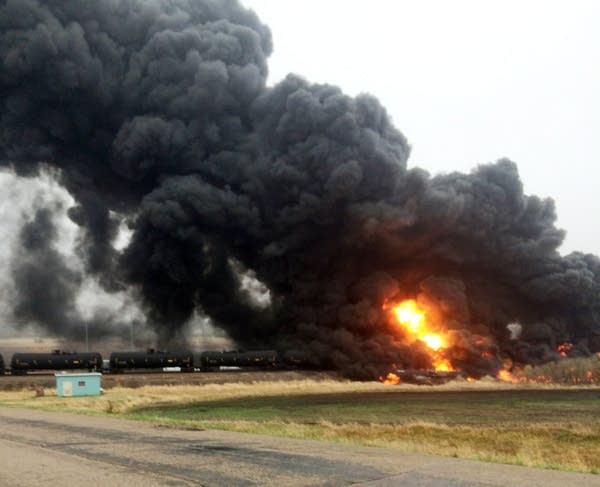Oil train derailment prompts evacuations of central ND town

This photo provided by Curt Bemson showed smoke and fire coming from an oil train that derailed near Heimdal, North Dakota, Wednesday, May 6, 2015. No injuries were reported.
Curt Bemson | AP
Go Deeper.
Create an account or log in to save stories.
Like this?
Thanks for liking this story! We have added it to a list of your favorite stories.


